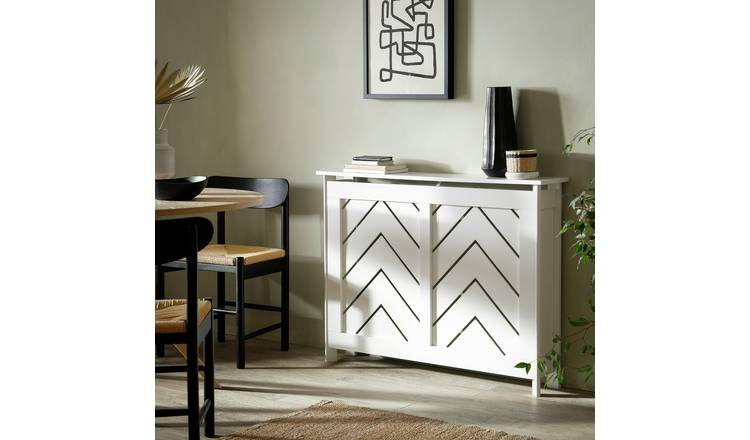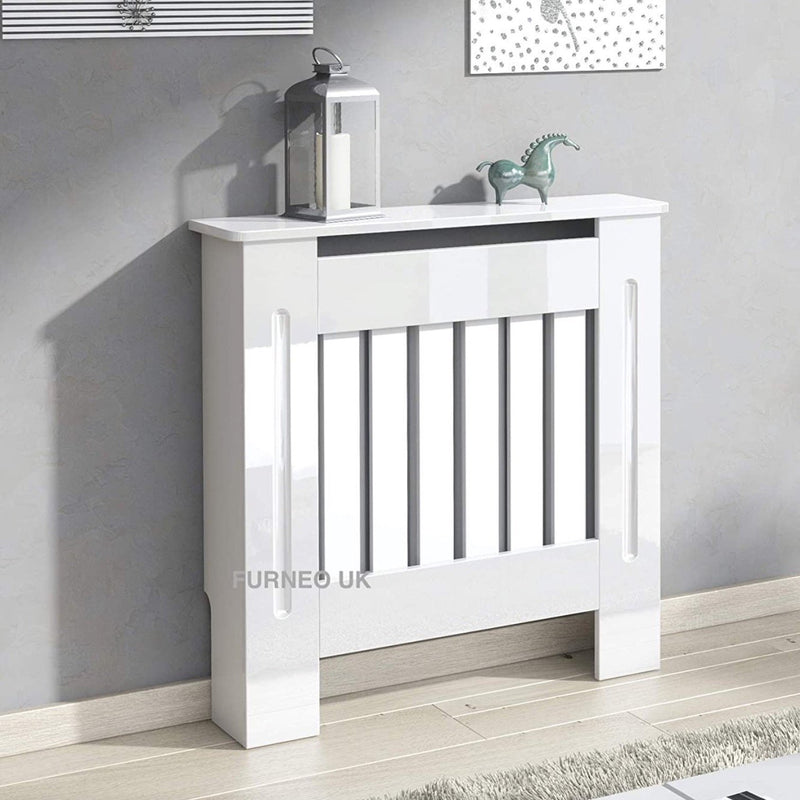Picking the Perfect Radiator Cover: A Comprehensive Overview
Picking the Perfect Radiator Cover: A Comprehensive Overview
Blog Article
Radiator Covers: Recognizing Products, Layouts, and Advantages
Radiator covers serve both functional and aesthetic purposes within a home, providing a variety of products such as steel, mdf, and hardwood to match numerous style preferences. Picking the ideal radiator cover involves recognizing the subtleties of products, designs, and their associated advantages.
Kinds Of Products


Wood covers, usually crafted from hardwoods such as oak or maple, supply a classic, warm look that complements traditional interiors. Their toughness and capacity to be stained or painted add to their flexibility. Metal covers, generally made from steel or aluminum, are favored for their effectiveness and modern-day appearance, frequently including streamlined lines that improve contemporary areas.
MDF, a made timber item, is preferred for its cost-effectiveness and convenience of personalization. It can be painted or ended up to match existing design while providing a smooth surface. Plastic covers, while much less common, are lightweight and immune to dampness, making them ideal for damp environments.
Ultimately, the choice of product for a radiator cover ought to align with the property owner's style choices, functional demands, and the particular setting where the cover will certainly be set up. Each product provides a distinctive personality, guaranteeing that there is an alternative to match every taste and setting.
Popular Layout Styles
Stressing visual allure, preferred design styles for radiator covers show a variety of tastes and interior decoration fads. Traditional styles usually include detailed woodwork and luxuriant describing, making them suitable for classic or vintage-inspired interiors. These covers generally incorporate carved components, giving a warm and inviting feeling to any area.
On the other hand, contemporary styles concentrate on minimalist looks, defined by clean lines and underrated style. Products such as steel or smooth timber with a smooth coating are commonly used, enabling these covers to blend flawlessly right into modern spaces. Industrial styles, on the other hand, accept raw products like subjected metal and concrete, including a vibrant declaration to loft space or metropolitan settings.
For those looking for an one-of-a-kind touch, bespoke layouts offer personalization alternatives that provide to individual choices, allowing homeowners to choose colors, patterns, and products that complement their design. In addition, farmhouse-style covers integrate rustic aspects, including distressed wood and basic forms that stimulate a relaxing, country appeal.
Advantages of Radiator Covers
Radiator covers not just enhance the aesthetic charm of a room however likewise provide numerous sensible advantages that make them a beneficial addition to any type of home. Among the primary advantages is safety, especially in homes with animals or youngsters. Covers minimize the risk of burns from warm radiator surface areas, ensuring a safer environment.
In addition, radiator covers can improve power effectiveness. By routing heat right into the room instead of allowing it to escape, they assist preserve a regular temperature level, reducing home heating prices over time. This is particularly advantageous in older homes where radiator systems might be much less efficient.
One more significant benefit is sound reduction. Radiators can occasionally produce undesirable sounds throughout procedure, and covers can aid smother these sounds, adding to a more calm home. In addition, radiator covers can be functional, giving extra storage space or screen area, therefore maximizing the utility of often-overlooked locations.
Finally, they can shield radiators from dust and debris, which can prevent efficiency and boost upkeep requirements. With these integrated advantages, radiator covers become a sensible solution for enhancing both the capability and design of any kind of home atmosphere.
Installation Factors To Consider
Installing radiator covers calls for mindful consideration to make sure both capability and security (Radiator cover). Initially, evaluate the measurements of your radiator and the surrounding area to ensure an navigate to this site appropriate fit. Precise dimensions are critical; an ill-fitting cover can block heat circulation or create security threats
Next, examine the material of the cover. While wood supplies Find Out More aesthetic appeal, steel alternatives may supply better toughness and heat resistance. Think about the weight of the cover too; heavier covers may need added support or reinforcements to avoid drooping or damages in time.
Air flow is an additional crucial element. Covers have to include adequate air flow to avoid overheating and maintain effective home heating. Seek designs with slats or perforations that allow warm to distribute without blockage.
In addition, ensure that the cover is securely installed to stop accidents, especially in homes with children or animals. Radiator cover. It's a good idea to adhere to the supplier's installment standards very closely and, if essential, consult a professional for complex installations
Maintenance and Care Tips
Proper upkeep of radiator covers is essential for guaranteeing their durability and optimal performance. For repainted or timber covers, consider an ideal gloss or protective covering to keep their look.
Examine the covers occasionally for indicators of wear or damage, such as splits or peeling paint. Dealing with these issues without delay can stop further deterioration. Make sure that the covers are securely secured and examine for any type of loose screws or installations, as resonances from the radiator can loosen them in time.
In colder months, stay clear of positioning heavy things or ornamental things on top of the radiator covers, as this can restrain warm circulation and trigger unnecessary anxiety to the framework. Take into consideration seasonal maintenance by getting rid of the covers for comprehensive cleansing and assessment throughout warmer months when the home heating system is Bonuses non-active. Taking on these straightforward treatment tips will boost the efficiency and aesthetic charm of your radiator covers, ensuring they serve their objective successfully for several years to come.

Conclusion
In recap, radiator covers function as functional and visual improvements to domestic rooms. The diverse variety of materials, including woods, mdf, metal, and plastic, enables placement with different design styles such as conventional, modern, commercial, and farmhouse. The benefits of these covers extend past safety and energy efficiency to consist of added storage and dust protection. Careful consideration of installation and maintenance further makes certain the durability and performance of radiator covers in any type of home setting.
Radiator covers offer both visual and useful objectives within a home, supplying a range of materials such as hardwood, mdf, and metal to match various design preferences. Selecting the appropriate radiator cover includes recognizing the subtleties of products, styles, and their linked benefits.Stressing aesthetic appeal, popular style styles for radiator covers mirror a range of tastes and indoor style fads.Radiator covers not only improve the visual allure of an area but likewise offer several useful advantages that make them a beneficial addition to any kind of home. Think about the weight of the cover as well; larger covers may need additional support or supports to avoid drooping or damage over time.
Report this page